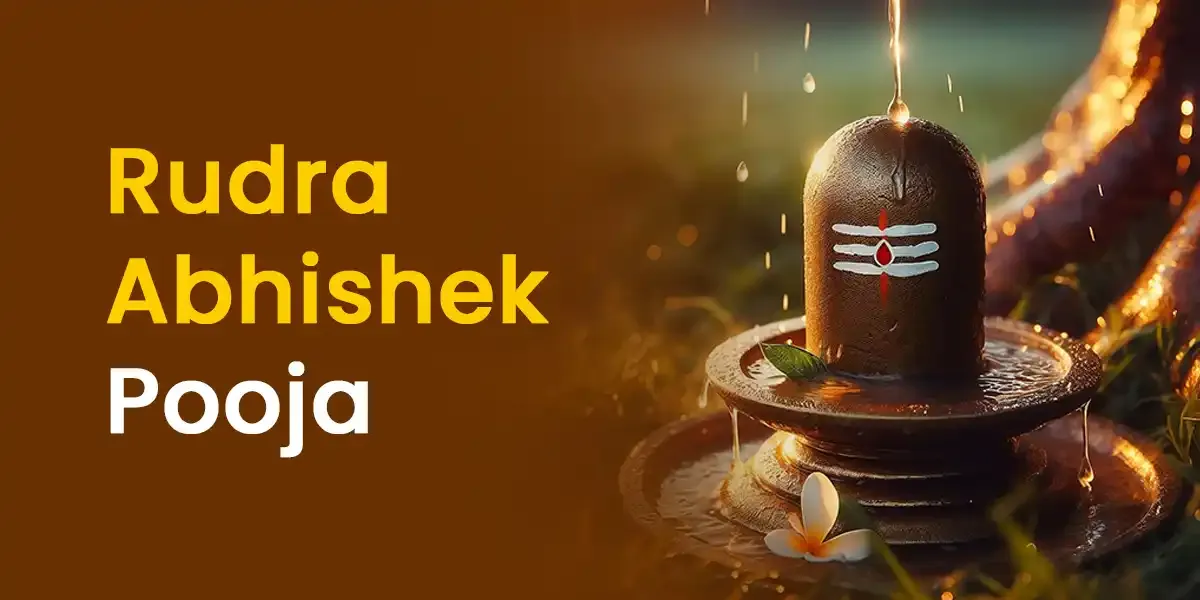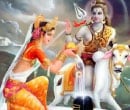
Sunday, July 13, 2025 Paksha:Krishna Tithi:Tritiiya
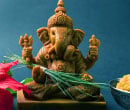
Monday, July 14, 2025 Paksha:Krishna Tithi:Chaturthi

Monday, July 14, 2025 Paksha:Krishna Tithi:Chaturthi
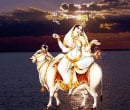
Tuesday, July 15, 2025 Paksha:Krishna Tithi:Panchami
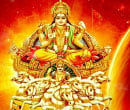
Wednesday, July 16, 2025 Paksha:Krishna Tithi:Shashthi
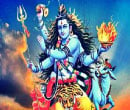
Thursday, July 17, 2025 Paksha:Krishna Tithi:Saptami

Sunday, July 20, 2025 Paksha:Krishna Tithi:Dashami
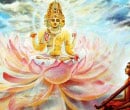
Monday, July 21, 2025 Paksha:Krishna Tithi:Dvadashi

Monday, July 21, 2025 Paksha:Krishna Tithi:Dvadashi

Monday, July 21, 2025 Paksha:Krishna Tithi:Dvadashi
More details
Makar Sankranti 2026 is a joyful festival that marks the harvest season and is especially important for farmers across India. It also holds deep religious significance, symbolizing the end of winter and the arrival of the vibrant spring season.



Duration - 02 Hours 49 Mins
Pooja Vidhi and Its Significance
Why Celebrate Makar Sankranti Festival
Falling on the 14th of January, this is the first major festival of the year. Celebrated by the Hindus all over the country, this festival is known by many different names throughout the country. However, unlike the other Hindu festivities that are celebrated on the basis of the different positions of the Moon, this festival is calculated as per the Solar calendar, rather than the Lunar one. This harvest festival falls in the month of Magha according to the Lunar calendar and as per the Gregorian calendar, it falls every year either on the 14th or 15th of January. From this day onwards the days start to get bigger while nights get shorter, making this festival a solstice festival. With the days and nights being equal on this day, spring begins to make its blooming entry.
How to do Makar Sankranti Puja?
The day is dedicated to the worship of Lord Surya, however, no Hindu puja is complete without offering prayers to Lord Ganesha, Lord Shiva, Goddess Laxmi, and Lord Vishnu. After cleaning the house and the temple on this auspicious day, follow the below-mentioned rituals to get the blessings of the Gods above:
- Fill water in the Panch Patra
- Cleanse the puja chowki with Gangajal
- Cover the chowki with a clean yellow cloth
- Place four heaps of raw rice and place the images or idols of Lord Ganesha, Lord Shiva, Goddess Laxmi, and Lord Vishnu on each of them.
- Light an oil lamp and incense stick towards the right
- Invoke Lord Ganesha to begin the puja
- Offer fruits, flowers, paan, supari, janeu, and sweets to the deities
- Chant the mantra of Lord Ganesha, followed by offering prayers to Lord Shiva, Goddess Laxmi, and Lord Vishnu
- Perform an Arghya while facing the Sun
- Offer the Naiveidhya prepared by you to the gods
- Perform aarti for seeking the blessings of each of the gods
- Distribute the Naiveidhya as prasad
Makar Sankranti Rituals
The celebrations for this festival reach their peak with the different rituals performed on this auspicious day. Here are the prominent rituals associated with this festival:
One of the most prominent rituals performed on the day of Sankranti involves the usage of jaggery and sesame seeds or til. There is a deep religious significance behind using these two for charity.
As per Hindu mythology, til is used to appease Lord Shani. Donating sweets made out of jaggery and sesame seeds is said to assuage Lord Shani, according to the Makar Sankranti story.
It is believed that sweets made with these two have Satvic properties and hence people actively donate and exchange them on Makar Sankranti 2026 date.
Apart from this, utensils are gifted to the married women of the family.
Charity remains the order of the day as it is believed to bring fortune to the house. Helping the poor and needy makes Shani dev happy, showering you with his blessings.
On this day, people also go to take a dip in the holy waters of sacred rivers like Ganga, Yamuna, and Godavari. This is done to ensure that they achieve absolution from their sins and gain salvation.
Furthermore, on this day, delectable dishes are made from the newly harvested crop of the season. Dishes like khichdi, til laddoos, and rice sweets fill both the heart and stomach on this auspicious day.
What are the Different Names of Makar Sankranti?
The harvest season is celebrated across the nation. However, the name of the festivities differ. Here are the different names that are used to celebrate the new crop of the season:
Uttarayan: Gujarat
Suggi Habba: Karnataka
Maghi Sankrant:Maharashtra
Makara Chaula: Odisha
Magh or Bhugali Bihu: Assam
Poush songkranti: Bengal
Thai Pongal :Tamil Nadu
Lohri :Punjab
Shishur Saenkraat: Kashmir
Khichdi: Uttar Pradesh and Bihar
The names might be different but the essence of these festivities of Uttarayan 2026 is the same. Its cultural and religious significance is deep-rooted, allowing people to show gratitude towards nature for showering us with abundance and prosperity.
What is Makar Sankranti's Significance?
The festival holds a special significance for the farmers who celebrate the day to appreciate the bountiful harvest of the season, honoring their hard work and diligence. Furthermore, the Sankranti festival has a lot of cultural as well as religious significance. According to the Puranas, this day marks the time when the god of Sun, Surya, went to visit his son, Lord Shani who is the ruler of Capricorn or Makar Rashi. The father-son relationship between the two was soiled by quarrels in the past but on this day, they managed to put their differences aside and resolve their conflict. This festival, therefore, celebrates a strong bond between a son and his father. With the two powerful Gods coming together, a happy and auspicious time is just around the corner!
Additionally, the Sankranti date 2026 also celebrates the day when Lord Vishnu attained victory over the Asuras. According to the legends, Lord Vishnu annihilated the demons, putting an end to the misery caused by them on the Earth. He slew each one of them, burying them under the Mandara Parvat, establishing the victory of justice over sacrilege.
Astrological Significance of Makar Sankranti
There are many astronomical reasons behind the celebration of Makar Sankranti date and time. We have listed the different astrological significances for celebrating this day:
- It is believed that the Sun god, after traveling for six months, finally enters the northern solstice or Tropic of Cancer. From this day onwards Surya god starts bestowing the people on Earth with his blessings.
- Because the Sun begins its northward journey at this time, it is also called Uttarayan. 'Sankranti' means movement in Hindi and thus, at this time, the Sun enters Makar Rashi or the Capricorn zodiac.
- According to ancient astrology, it is said that during this period, Sun enters its enemy's house, i.e., the Shani or Saturn sign. Due to this, the inauspicious impact of the Sun is reduced.
- As a consequence, items related to Shani dev are donated during this festival.
- The movement of the Sun also denotes a change from darkness to light, celebrating the warm blessings of the Sun god.
Top Makar Sankranti Wishes for 2026
Here are some beautiful wishes to brighten someone's day this festive season:
- "May the sun radiate peace, prosperity, and positivity in your life this Makar Sankranti."
- "May the kites of your dreams soar high, and the harvest of joy be plentiful."
- "May the sweetness of gur and the warmth of til bring happiness and love to your life."
- "May this Makar Sankranti fill your life with unending joy, happiness, and love."
- "May the fire of the festival burn away negativity and ignite the flame of passion within you."
- "Let the Makar Sankranti sun remind us of the power of renewal and the promise of a fresh start."
- "May the bright colors of kites paint this day with smiles and joy for you and your loved ones."
Important Facts Associated with Makar Sankranti
On the day following the celebrations of Makar Sankranti, another festival called Mattu Pongal is celebrated in some parts of the country. After a happy Makar Sankranti, it is time to honor the labor and hard work of the farm animals that contribute to a bountiful harvest.
A successful harvest is near impossible without the animals working on the farms. Hence, this festival is celebrated with great fervor as it pays a tribute to the special bond we share with the other species on our planet as well as with nature. It celebrates the spirit of cooperation that keeps our ecosystem alive.
Due to the huge significance of this day, it is celebrated in almost every part of our diverse country. People look forward to spending a happy Makar Sankranti 2026 to welcome the approaching spring with a smile on their faces and hope in their hearts!
If you have any queries about the Makar Sankranti Shubh Muhurat, feel free to connect with the Astroyogi astrologers.
Festival List
- Nag Panchami
- Raksha Bandhan
- Janmashtami
- Ganesh Chaturthi
- Onam
- Pitru Paksha
- Shardiya Navratri
- Durga Puja
- Dussehra
- Karwa Chauth
- Dhanteras
- Diwali
- Govardhan Puja
- Bhai Dooj
- Chhath Puja
- Tulsi Vivah
- Guru Nanak Jayanti
- Christmas
- New year
- Lohri
- Pongal
- Makar Sankranti
- Vasant Panchami
- Shivratri
- Ramadan
- Holi
- Good Friday
- Navratri
- Gudi Padwa
- Ugadi
- Vaisakhi
- Ram Navami
- Mahavir Jayanti
- Hanuman Jayanati
- Buddha Purnima
- Akshay Tritiya
- Shani Jayanti
- Guru Purnima
- Hariyali Teej
















 Team Astroyogi | Fri, May 02, 2025
Team Astroyogi | Fri, May 02, 2025